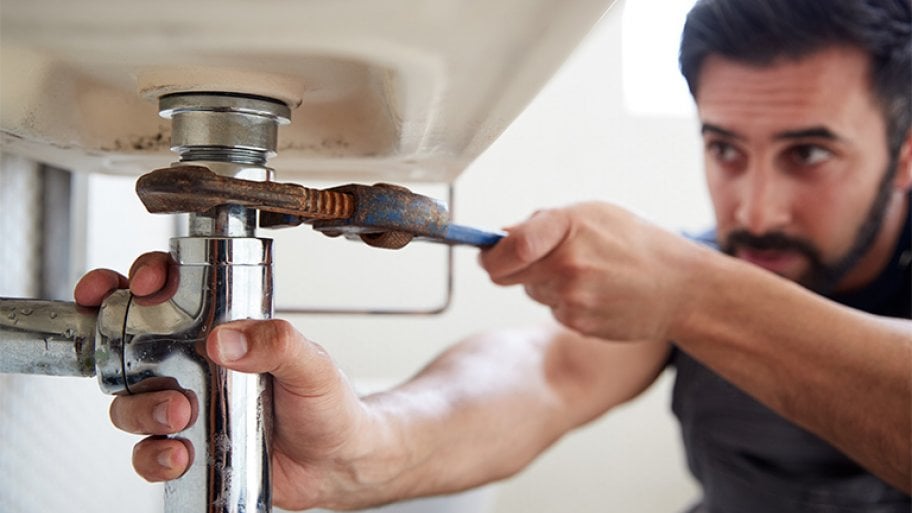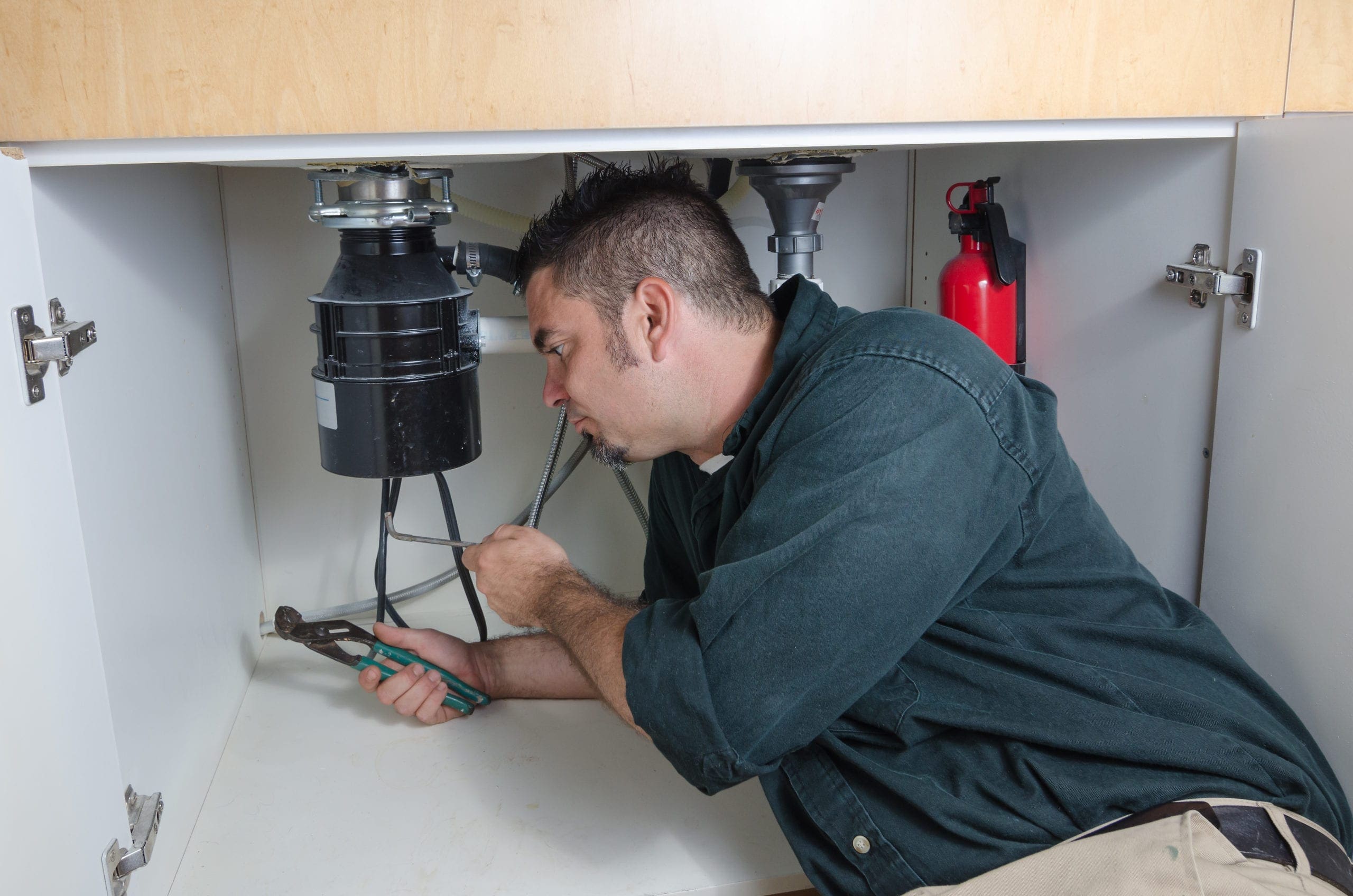Plumbing Sound Type Checklist
Plumbing Sound Type Checklist
Blog Article
How do you feel on the subject of Why is My Home Making Strange Plumbing Noises?

To identify loud plumbing, it is necessary to establish initial whether the unwanted noises take place on the system's inlet side-in other words, when water is transformed on-or on the drainpipe side. Noises on the inlet side have differed causes: extreme water stress, worn valve and also faucet parts, poorly connected pumps or various other devices, incorrectly put pipe bolts, and also plumbing runs having too many tight bends or other limitations. Noises on the drain side typically come from bad area or, similar to some inlet side sound, a layout containing tight bends.
Hissing
Hissing noise that happens when a faucet is opened somewhat normally signals too much water stress. Consult your local water company if you think this issue; it will be able to tell you the water pressure in your location and also can mount a pressurereducing shutoff on the inbound water pipeline if essential.
Thudding
Thudding sound, usually accompanied by shivering pipelines, when a tap or device shutoff is switched off is a problem called water hammer. The sound and resonance are brought on by the resounding wave of stress in the water, which unexpectedly has no location to go. Often opening up a valve that discharges water rapidly into a section of piping having a limitation, elbow joint, or tee installation can generate the very same problem.
Water hammer can typically be cured by installing installations called air chambers or shock absorbers in the plumbing to which the trouble valves or taps are linked. These devices permit the shock wave produced by the halted flow of water to dissipate airborne they consist of, which (unlike water) is compressible.
Older plumbing systems might have short vertical areas of capped pipe behind walls on faucet competes the very same objective; these can eventually fill with water, minimizing or ruining their performance. The treatment is to drain the water system entirely by turning off the major water supply valve as well as opening up all taps. After that open up the major supply valve as well as shut the faucets individually, starting with the faucet nearest the shutoff and ending with the one farthest away.
Babbling or Screeching
Intense chattering or shrilling that occurs when a valve or tap is switched on, which typically goes away when the fitting is opened totally, signals loose or defective interior components. The service is to change the shutoff or faucet with a new one.
Pumps and also home appliances such as washing machines as well as dishwashers can move electric motor noise to pipelines if they are improperly linked. Link such items to plumbing with plastic or rubber hoses-never inflexible pipe-to isolate them.
Various Other Inlet Side Noises
Squeaking, squeaking, scraping, snapping, and touching generally are triggered by the expansion or contraction of pipes, typically copper ones supplying hot water. The noises happen as the pipes slide against loose fasteners or strike nearby home framework. You can often pinpoint the place of the issue if the pipelines are subjected; simply adhere to the audio when the pipelines are making sounds. More than likely you will discover a loose pipeline wall mount or a location where pipelines exist so near floor joists or other framing items that they clatter versus them. Attaching foam pipe insulation around the pipes at the point of call should treat the problem. Be sure bands and also hangers are safe and secure and supply adequate support. Where feasible, pipe fasteners must be attached to enormous structural components such as foundation walls rather than to mounting; doing so reduces the transmission of resonances from plumbing to surfaces that can intensify and also transfer them. If connecting fasteners to framing is inescapable, wrap pipelines with insulation or other durable product where they get in touch with bolts, and sandwich completions of brand-new fasteners between rubber washing machines when installing them.
Remedying plumbing runs that deal with flow-restricting tight or many bends is a last resort that ought to be taken on only after seeking advice from a skilled plumbing professional. Regrettably, this scenario is fairly common in older homes that might not have been built with interior plumbing or that have actually seen a number of remodels, specifically by amateurs.
Drainpipe Sound
On the drain side of plumbing, the chief objectives are to remove surfaces that can be struck by falling or rushing water as well as to protect pipelines to consist of inescapable sounds.
In new building, tubs, shower stalls, commodes, and also wallmounted sinks and basins ought to be set on or against resilient underlayments to decrease the transmission of noise with them. Water-saving bathrooms as well as taps are much less loud than standard versions; mount them instead of older types even if codes in your area still permit using older fixtures.
Drainpipes that do not run vertically to the basement or that branch into straight pipeline runs sustained at floor joists or other framing existing specifically problematic noise troubles. Such pipelines are big enough to radiate considerable resonance; they additionally bring considerable amounts of water, that makes the scenario even worse. In new construction, define cast-iron dirt pipes (the big pipes that drain toilets) if you can manage them. Their massiveness includes a lot of the noise made by water passing through them. Additionally, prevent routing drainpipes in wall surfaces shown bedrooms and also spaces where people collect. Wall surfaces including drains ought to be soundproofed as was described previously, using double panels of sound-insulating fiber board as well as wallboard. Pipes themselves can be covered with special fiberglass insulation created the function; such pipes have a resistant vinyl skin (sometimes consisting of lead). Results are not constantly satisfying.
WHY IS MY PLUMBING MAKING SO MUCH NOISE?
This noise indeed sounds like someone is banging a hammer against your pipes! It happens when a faucet is opened, allowed to run for a bit, then quickly shut — causing the rushing water to slam against the shut-off valve.
To remedy this, you’ll need to check and refill your air chamber. Air chambers are filled with — you guessed it — air and help absorb the shock of moving water (that comes to a sudden stop). Over time, these chambers can fill with water, making them less effective.
You’ll want to turn off your home’s water supply, then open ALL faucets (from the bathroom sink to outdoor hose bib) to drain your pipes. Then, turn the water back on and hopefully the noise stops! If you’re still hearing the sound, give us a call to examine further.
Whistles
Whistling sounds can be frustrating, as sometimes the source isn’t easily identified. However, if you can pinpoint which faucet or valve that may be the cause, you’ll likely encounter a worn gasket or washer — an easy fix if you replace the worn parts!Whistling sounds from elsewhere can mean a number of things — from high water pressure to mineral deposits. Your best plan of attack here is to give our plumbing experts a call. We’ll be able to determine where the noise is coming from and what the cause may be, then recommend an effective fix!
Cracks or Ticks
Cracking or ticking typically comes from hot water going through cold, copper pipes. This causes the copper to expand resulting in a cracking or ticking sound. Once the pipes stop expanding, the noise should stop as well.
Pro tip: you may want to lower the temperature of your water heater to see if that helps lessen the sound, or wrapping the pipe in insulation can also help muffle the noise.
Bangs
Bangs typically come from water pressure that’s too high. To test for high water pressure, get a pressure gauge and attach it to your faucet. Water pressure should be no higher than 80 psi (pounds per square inch) and also no lower than 40 psi. If you find a number greater than 80 psi, then you’ve found your problem!
Next step is to give us a call in order to install a pressure regulator. Trust us, you don’t want to wait to resolve this issue. Not only is the sound annoying, but high water pressure can be destructive to your home — including damaging certain appliances, like your washer and dishwasher.
Dripping
You might be accustom to the slow quiet drip your kitchen faucet makes. You might have even tuned out your bathroom sink dripping and drabbing all day long — but it’s time to find its cause.
A slow drip could signify a variety of easy to fix issues, such as a worn out O ring, or loose part. And by ignoring the drip, you could be wasting up to 2,000 gallons of water a year! So start conserving water — get it looked at ASAP.
https://www.pwessig.com/blog/2018/december/why-is-my-plumbing-making-so-much-noise-/

I stumbled upon that blog posting on Why Your Water Pipes Are Noisy and How To Shut Them Up while surfing the web. Enjoyed reading our piece? Please share it. Help other people find it. Bless you for your time. Visit again soon.
This Website Report this page